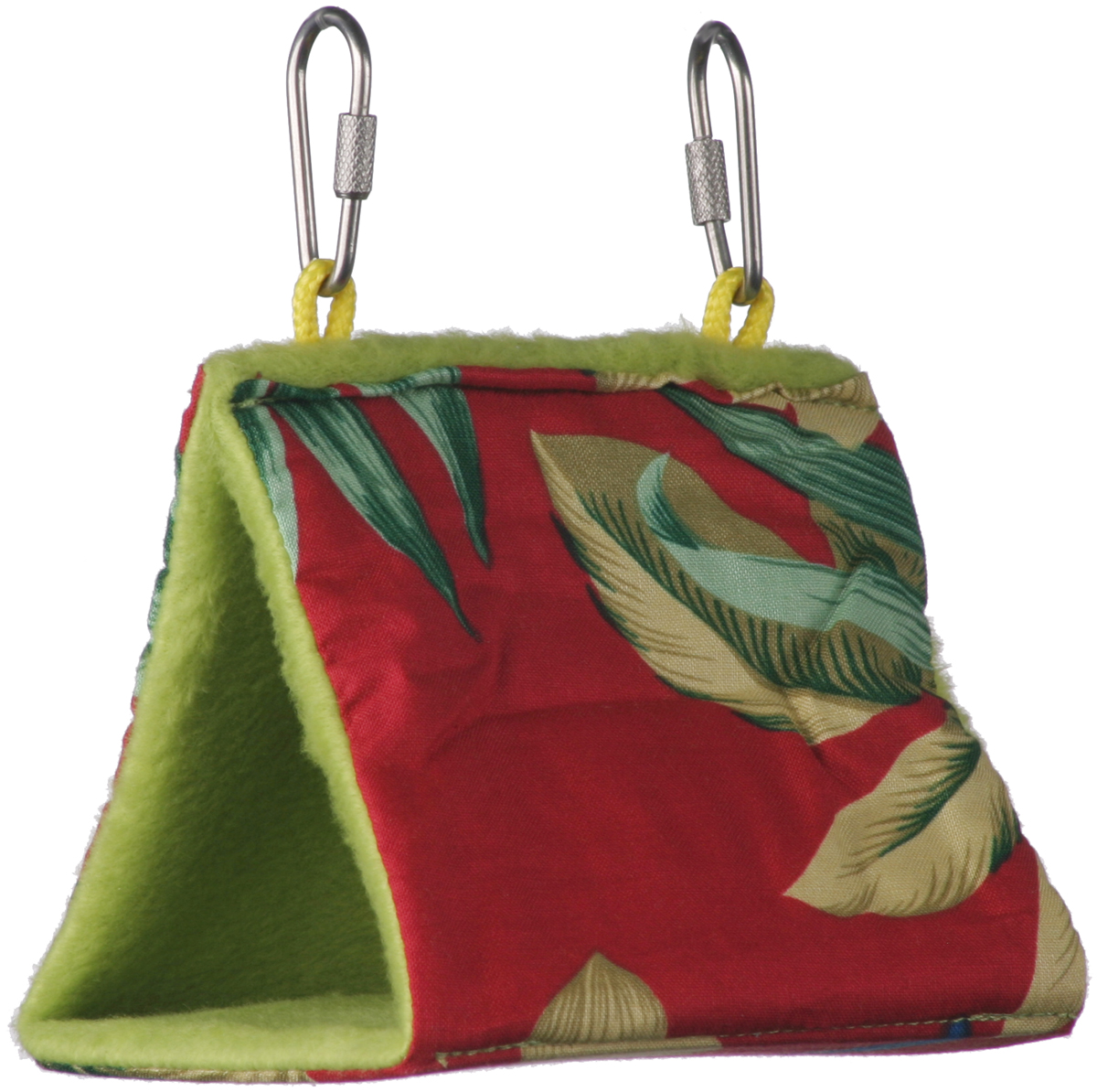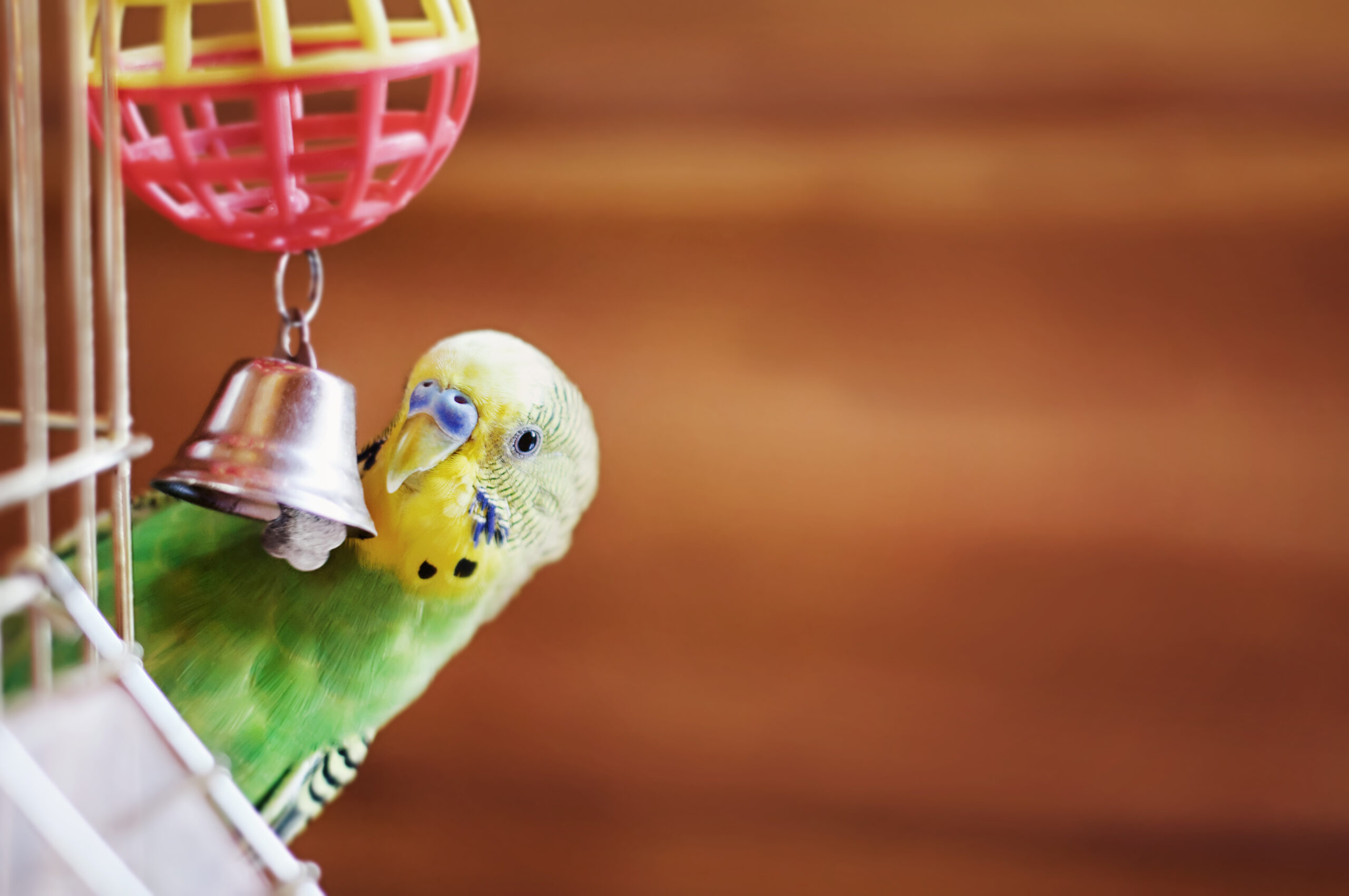Top Things Every Bird Department Should Know
Top Things Every Bird Department Should Know
Customer Service:
All employees are the face of a business and are key to molding a customer’s initial impression.
- Keep an eye out for customers who look confused or are in need of help. Being proactive will show customers you are ready and willing to serve them.
- Make your customers feel welcome. Smile and greet them when they come in. Ask them questions and make them feel included in other conversations you may be having with fellow staff or other customers.
- Listen to your customers. Ask them questions and listen to what they have to say. Hone in on their needs and wants and convey your desire to help them make the best decision possible when picking out a product or pet.
- Customer service doesn’t stop when a customer has left the store. Follow up with a customer by sending them a thank you note after a purchase, calling to see if the new product or bird they purchased is working out, or remembering their last purchase when they make a repeat visit.
Layout:
Make sure your store is well organized and easy to navigate.
Signage:
- Proper aisle signage will help keep customers in the store longer and will help them navigate through your aisles.
- Proper shelf and product signs will catch your customers’ eyes and will keep them informed on your products.
- Make sure your signage is neat and easy to read as well as fresh and bold.
Displays:
- Display related products by each other to remind customers of items they may have missed and suggest variations amongst a product family.
- Put the items that are in high-demand and are fast-moving in your best display areas. This suggests to customers that you have the products that they are looking for.
- Be sure to take advantage of the display space at the checkout by placing last minute purchase products like toys, treats, and gift items there.
- Change out your displays every week or two to give your store a fresh look and let your customers know you are on top of your game.
Cleanliness:
A customer may not remember a clean store, but they will most certainly remember a dirty one! Keep your store clean and organized to ensure return customers.
- Make sure your aisles are clear of clutter, your products are in the proper places on the shelves, and your pricing stickers and signage is up-to-date.
- Pay special attention to floors, countertops, and other areas that are most frequently seen by customers.
- Remove damaged items and return misplaced items to their proper place.
- Dusty products indicate that product is old and unwanted. Keep your products and shelves dust free.
- Keep your displays and shelves fully stocked and well organized. Have employs monitor this throughout the day depending on your stores’ busyness.
- If you have birds (as well as other animals) in your store, their cleanliness and health will tell a lot about your store to your customers. Be sure to keep your animals healthy and well groomed and their cages and toys disinfected and clean.
- A customer does not want to see or purchase an unhealthy bird. Observe each bird daily and record its state of health and any changes in behavior. Changes may be the first (and sometimes only) clue that a bird is sick or unhealthy.
- Trash cans, whether containing a soda can or animal excrement should be out of site and smelling distance to your customers and should be emptied often to maintain a cleanly, healthy store.
- Keep an eye on animals that are out of their cages (especially if you allow the public to bring in their pets) and be sure to clean and sanitize as needed.
Bird Education:
All employees should be properly educated on the different products you carry and the birds that the products benefit. They should also be knowledgeable on the birds that are at your store. Customers see you as an expert. Make sure you are one to keep their business.
- Employees should know the following key information about birds: origin, growth rate, eventual size, age, gender, environmental needs, diet, and behavior.
- Be as informative as possible when answering a customer’s questions. Direct them to other resources (books, tip sheets, websites, etc.) to help aid them in their education.
- It is alright to let a customer know you don’t know the answer to a question, but still provide them with assistance by following up with a co-worker or another reliable resource.



